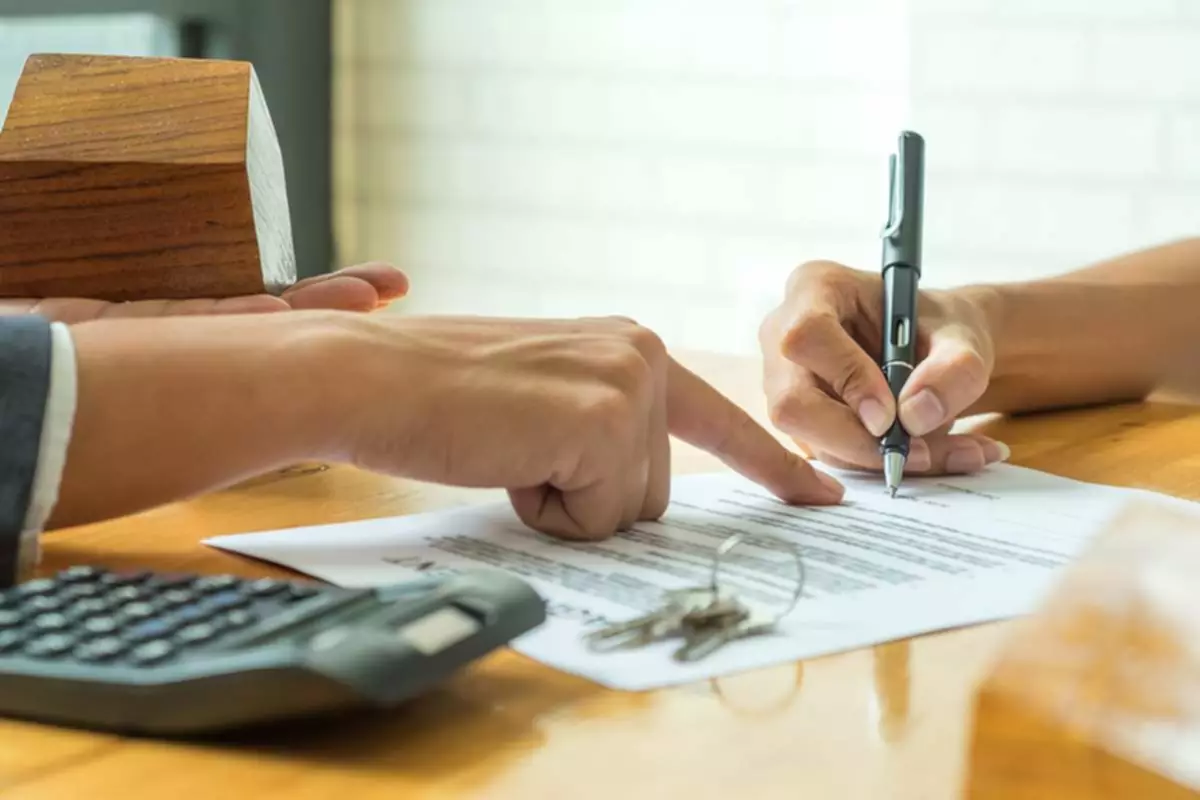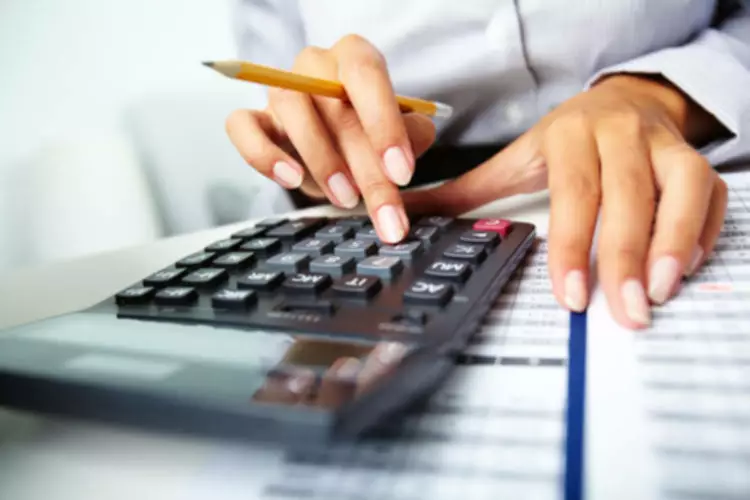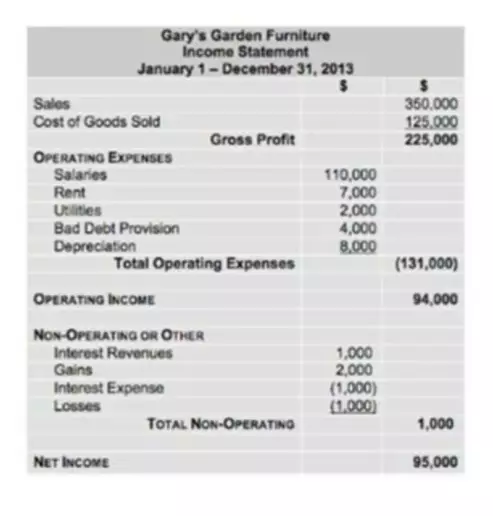Content

Under the straight-line depreciation method, the company would deduct $2,700 per year for 10 years–that is, $30,000 minus $3,000, divided by 10. 1- You can’t use double declining depreciation the full length of an asset’s useful life. Since it always charges a percentage on the base value, there will always be leftovers. Let’s assume that FitBuilders, a fictitious construction company, purchased a fixed asset worth $12,500 on January 1, 2022. The company estimates that its useful life will be five years and its salvage value at the end of its useful life would be $1,250.
How to do double declining depreciation on excel?
Use =DDB(Cost,Salvage,Life,Period, Factor). If you don't specify the Factor, it's assumed to be 2 for double-declining balance. The formula in D6 is =DDB($B $1,$B$2,$B$3,A6). Since no Factor is specified, Excel uses 2.
Even though year five’s total depreciation should have been $5,184, only $4,960 could be depreciated before reaching the salvage value of the asset, which is $8,000. Salvage Value → The residual value of the fixed asset at the end of its useful life – most companies assume this to be zero. Useful Life Assumption → The useful life assumption is the implied number of years in which a fixed asset is assumed to provide economic benefits to the company. The DDB depreciation method can lead to greater depreciation recapture if you sell an asset before the end of its useful life. Continuing with the same numbers as the example above, in year 1 the company would have depreciation of $480,000 under the accelerated approach, but only $240,000 under the normal declining balance approach. The double-declining balance depreciation value keeps decreasing over the life of the asset. Formula, the depreciation rate remains the same and is applied to the ending value of the last year.
What is the double declining balance (DDB) depreciation method?
Double declining balance depreciation is one of these methods. It was first enacted and authorized under the Internal Revenue Code in 1954, and it was a major change from existing policy. In using the declining balance method, a company reports larger depreciation expenses during the earlier years of an asset’s useful life. Using the DDBD method results in larger depreciation expenses upfront.
- Now the double declining balance depreciation rate is calculated by doubling the straight-line rate.
- Adam Hayes, Ph.D., CFA, is a financial writer with 15+ years Wall Street experience as a derivatives trader.
- In the initial years, you tend to get more money back from the tax write-offs.
For other factors besides double use the Declining Balance Method Depreciation Calculator. Once the asset is valued on the company’s books at its salvage value, it is considered fully depreciated and cannot be depreciated any further. However, if the company later goes on to sell that asset for more than its value on the company’s books, it must pay taxes on the difference as a capital gain. DDB depreciation is less advantageous when a business owner wants to spread out the tax benefits of depreciation over the useful life of a product. This is preferable for businesses that may not be profitable yet and therefore may not be able to capitalize on greater depreciation write-offs, or businesses that turn equipment over quickly. The DDB depreciation method is best applied to assets that quickly lose value in the first few years of ownership.
DDB depreciation formula
Cash Flow StatementA Statement of Cash Flow is an accounting document that tracks the incoming and outgoing cash and cash equivalents from a business. Salvage ValueSalvage value or scrap value is the estimated value of an asset after its useful life is over.

The depreciation expense recorded under the double declining method is calculated by multiplying the accelerated rate, 36.0% by the beginning PP&E balance in each period. This method depreciates assets at twice the rate of the straight-line method. Users of this method start by calculating the amount allowed under straight-line depreciation for year one and then doubling it. The next year, they calculate remaining depreciable balance, divide by remaining https://www.bookstime.com/ years and multiply by two. They do this each year until the final year of the asset’s useful life, where they depreciate any remainder over the asset’s salvage value. With the double declining balance method, you depreciate less and less of an asset’s value over time. That means you get the biggest tax write-offs in the years right after you’ve purchased vehicles, equipment, tools, real estate, or anything else your business needs to run.
What is the Double Declining Balance Depreciation Method?
He completed a Bachelor of Science degree in Accountancy at Silliman University in Dumaguete City, Philippines. Before joining FSB, Eric has worked as a freelance content writer with various digital marketing agencies in Australia, the United States, and the Philippines. Accounting How To Avoid Tax Penalties – A Simple Guide Are you a small business owner trying to figure out how you can avoid tax penalties? Once you fully depreciate the asset’s value, you have to record the salvage value of the asset and close the account. Currently, 20% of $32,000 will be reduced from the book value. The process has to be continued until you reach the asset’s salvage value that becomes equal to the asset’s book value. Several organizations widely use the double-declining balance method.
- This article is for entrepreneurs and professionals interested in accounting software and practices.
- Therefore, the “double” or “200%” will mean a depreciation rate of 20% per year.
- If you miss the tax filing deadline, you will be subject to failure-to-file penalties.
- This vehicle is estimated to have a useful life of 5 years and a salvage value of $5,000.
- Comparing the two schedules above, it’s clear that much larger portions of the asset’s value are written off in early years using the DDB depreciation method, creating greater tax savings in early years.
In contrast to straight-line depreciation, DDB depreciation is highest in the first year and then decreases over subsequent years. This makes it ideal for assets that typically lose the most value during the first years of ownership. And, unlike some other methods of depreciation, it’s not terribly difficult to implement. The company is less profitable in the early years than in later years; thus, it will be difficult to measure its true operational profitability. Most assets are used consistently over their useful life; thus, depreciating them at an accelerated rate does not make sense. When the business intends to recognize the expense in the early stage to reduce profitability and thereby defer taxes. Are reduced by $ 100,000 and moved to the Property, plant, and equipment line of the balance sheet.
Now that the rate is calculated, we can actually start depreciating the equipment. The declining method multiplies the book value of the asset by the double declining depreciation rate. The depreciation expense is then recorded in the accumulated depreciation account, which reduces the asset book value. The double declining double declining balance method balance method is an accelerated depreciation method. Using this method the Book Value at the beginning of each period is multiplied by a fixed Depreciation Rate which is 200% of the straight line depreciation rate, or a factor of 2. To calculate depreciation based on a different factor use our Declining Balance Calculator.

We’ll also discuss how depreciation affects the Balance Sheet, and more. If new to the concept of depreciation, we recommend reading Depreciation Basics and Straight-line Depreciation. Assume a company purchases a piece of equipment for $20,000 and this piece of equipment has a useful life of 10 years and asalvage valueof $1,000. The depreciation rate would be calculated by multiplying the straight-line rate by two. In this case the straight-line rate would be 100 percent divided by the asset useful life or 10 percent.
Tax advantages of using double declining depreciation
Double declining balance depreciation is an accelerated depreciation method. DDB depreciates the asset value at twice the rate of straight line depreciation. The formula used to calculate annual depreciation expense under the double declining method is as follows. This method depreciates an asset from purchase price to salvage value by even amounts over a defined term . The annual depreciation amount is equal to the total depreciation amount divided by the asset’s estimated useful life.
- Bottom line—calculating depreciation with the double declining balance method is more complicated than using straight line depreciation.
- We also reference original research from other reputable publishers where appropriate.
- Read on to know the different types of home office expenses.
- It is expected that the fixtures will have no salvage value at the end of their useful life of 10 years.
- Afterwards, the annual depreciation rate, which is the same as the straight line depreciation rate, should be determined.
